A Second Brain

Information in the Digital Age
How many times have you struggled to remember something important, but it was just at the tip of your tongue? Whether it's a book, an important date, or a key piece of information, we've all had moments where our minds feel cluttered and overwhelmed, unable to remember what we want.
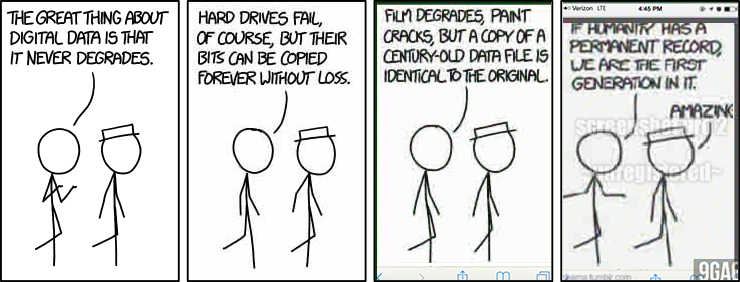
The sheer amount of information flooding our brains everyday in this digital age can be overwhelming. With the Internet at our fingertips, we get access to any information we want, but at the same time we also get bombarded with endless notifications, emails, constant stream of news and social media updates. Combined with all the physical interactions we have during the day, it can be difficult for our brain to filter through it all and retain what's truly important.
Information is a fundamental resource for any living organism, and we, humans, are undoubtedly the most complex information-processing system existing on Earth. Anything that we do from choosing what food to eat to starting a business requires us to gather, process and put the right information to use. There are techniques to retain information, however, your brain just isn't wired to remember everything. Evidence shows that our memory is just isn't as consistent as we'd like to believe.
The Human Brain
Our brain isn't built like a database from which we can easily store and retrieve data at will. We remember things as a collection of memory fragments and not the exact details. The leading theory in neuroscience is that each time we recall a memory, your brain shifts and reconstructs bits and pieces of these fragments together to recreate the memory. This is when "False Memories" are implanted, when your brain fabricates missing information to fill in the gaps in your recollection of events. The Mandela Effect is an interesting phenomenon.
This is also why shit like Alzheimer's is so scary. Neurons and their connections in you brain are destroyed, and inaccessible like they used to be. Over time you slowly forget, and lose your ability to live and function independently.
The famous Bugs Bunny experiment at Disney World shows just how easy people can be fed misinformation about an event and be convinced that it actually did occur. Another famous experiment is the red car blue car experiment.
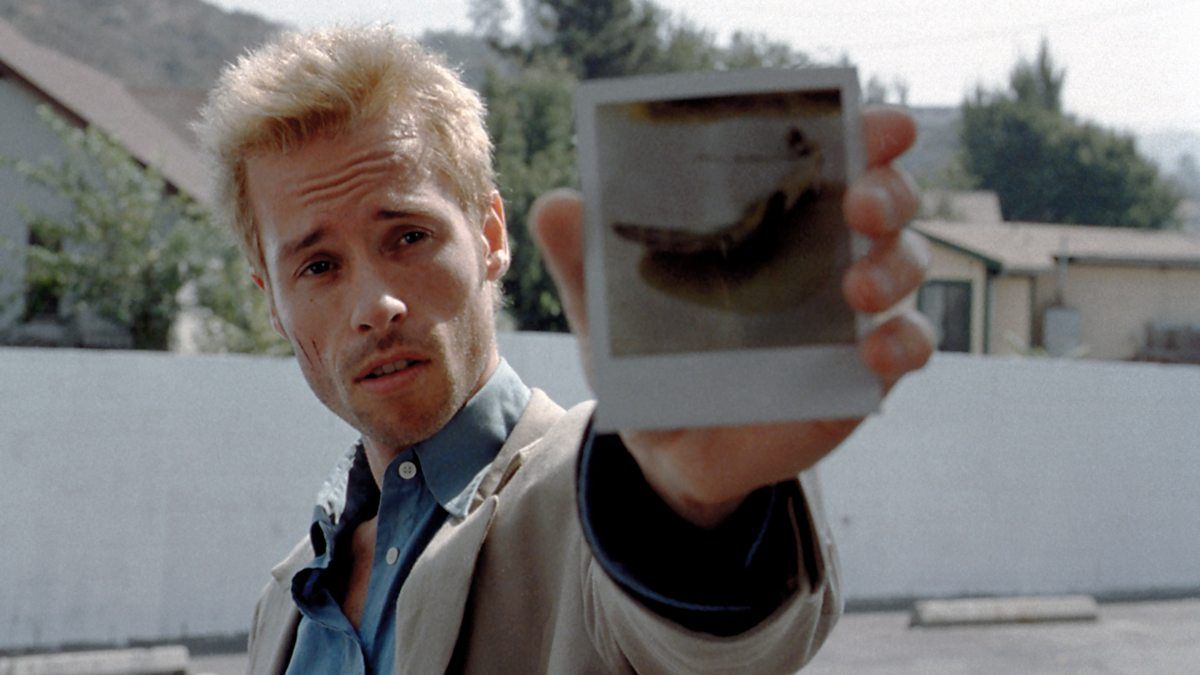
A more permanent solution
So, I think we should all acknowledge that we can't simply use our heads to store everything we need. This is where the concept of a "second brain" comes in. To free up space in our working memory by offloading accurate information to a more permanent storage.
Calendars, Notion or simply the notes app in your phone are all examples of such permanent storage.
I've always been an avid note taker, however the problem is my notes are all over the place. Some on paper, others digitally on google drive, notion, notes, keep, txt files, md files, onenote, browser bookmarks, private chat message... the list goes on. Trying to retrieve information is sometimes akin to finding a needle in a haystack.
There is no point taking notes if you aren't able to retrieve it immediately when you need it. In order to make effective use of this information, we need to have an accessible way to allow our future self to find it.
Zettelkästen Method
Niklas Luhmann was a German sociologist and systems theorist who developed the Zettelkästen (German: slip box) method. It enabled him to become one of the most productive and innovative social theorists of the last century.
The story behind the Zettelkästen method begins with Luhmann's frustration with traditional methods of note-taking and information management. After years of writing, he found that traditional methods, such as taking notes in a notebook or on index cards, resulted in disorganized and difficult-to-use notes. Luhmann wanted a way to easily organize and access the vast amount of information he was collecting in his research.
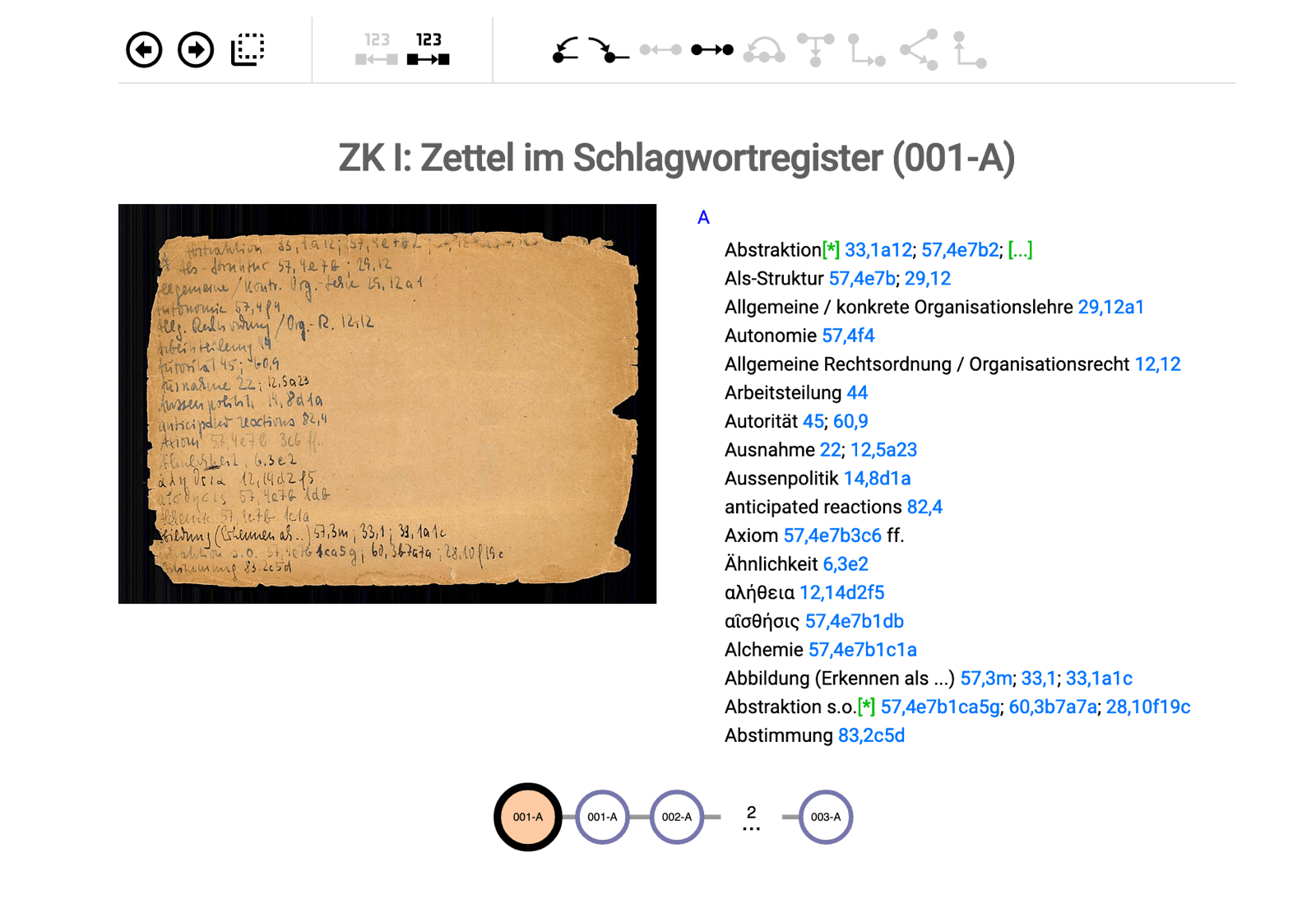
To solve this problem, Luhmann began experimenting with different methods of note-taking. He eventually settled on one. The basic idea is that to create a large number of small, individual notes that could be easily organized and linked together. He called these notes "slips," and he stored them in a physical "slip box". Each slip would contain a single piece of information or idea, and given a unique number by using a clever numbering system. This allowed for easy expansion and revision of the notes. New slips can be added at any time, and existing slips can be edited or linked to other slips.
Luhmann's "slip box" contained approximately 90,000 notes, which he used to write ~400 publications including ~70 books on a wide variety of subjects. Even after his death, books could still be written in his name just purely based on his notes.
Collecting vs Connecting
The Zettelkästen method emphasizes the importance of connecting information rather than just collecting it. In traditional note-taking methods, information is often recorded in a linear fashion, with little consideration for how it relates to other information. With the Zettelkästen method, each slip is atomic, a standalone piece of information, but it is also connected to other relevant slips through its unique numbering system. This allows for easy navigation and exploration of the information, and helps to make connections between seemingly unrelated pieces of information.
In addition, the Zettelkästen method encourages active engagement with the information. Instead of just passively recording information, the user is actively organizing and linking it, which helps to solidify the information in their memory.
This is very similar to how wiki and wiki-links work today.
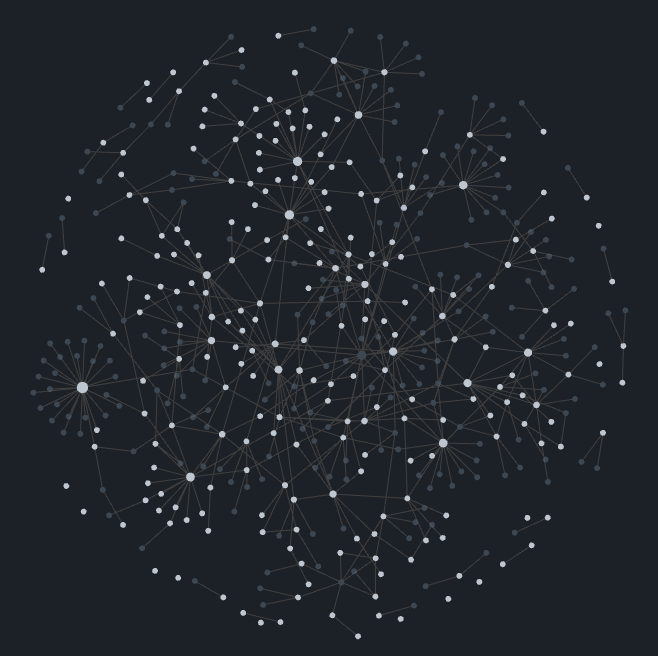
Obsidian.md
When I used Notion, I tend to be more rigid in my note taking. I set the title of the note according to the purpose, and I would stick to it even if new thoughts or ideas came up. With Zettelkästen, I find that I am more open to exploring new ideas and connections as they come to me, without worrying about fitting them into a specific structure or format. It's an organized mess, more of my style and what works for me. It really is more effort than using a typical notes app, but the end result is your own personalized web of knowledge. Also, you can create custom templates which makes it fantastic to use as a journal. I just wish I started using this earlier. I feel that I
- Think better - Writing with your own words and actually think how this can be related to other notes. Creativity is nothing more than linking ideas together
- Understand better - By actively thinking about how each note relate to others, you gain a deeper understanding of the information
- Recall better - I could just search for keywords to find what I'm looking for
So how can we implement this on our own? Luckily, there's many different types of software out there that allows us to replicate this method in a digital format. One such software is Obsidian. An amazing open-source project that allows users to create, organize and connect notes on a clean and customizable interface. It uses the markdown (.md) format and contains thousands of community plugins to enhance your experience. Best part? Vim motions.
Personally, I have found that when I take notes for school or when planning for a trip, I need a more rigid style of note taking for quick reference or revision. For that, I still use Notion. But otherwise, all notes go into the "Zettelkästen" folder and are linked together using wiki-style [[links]].
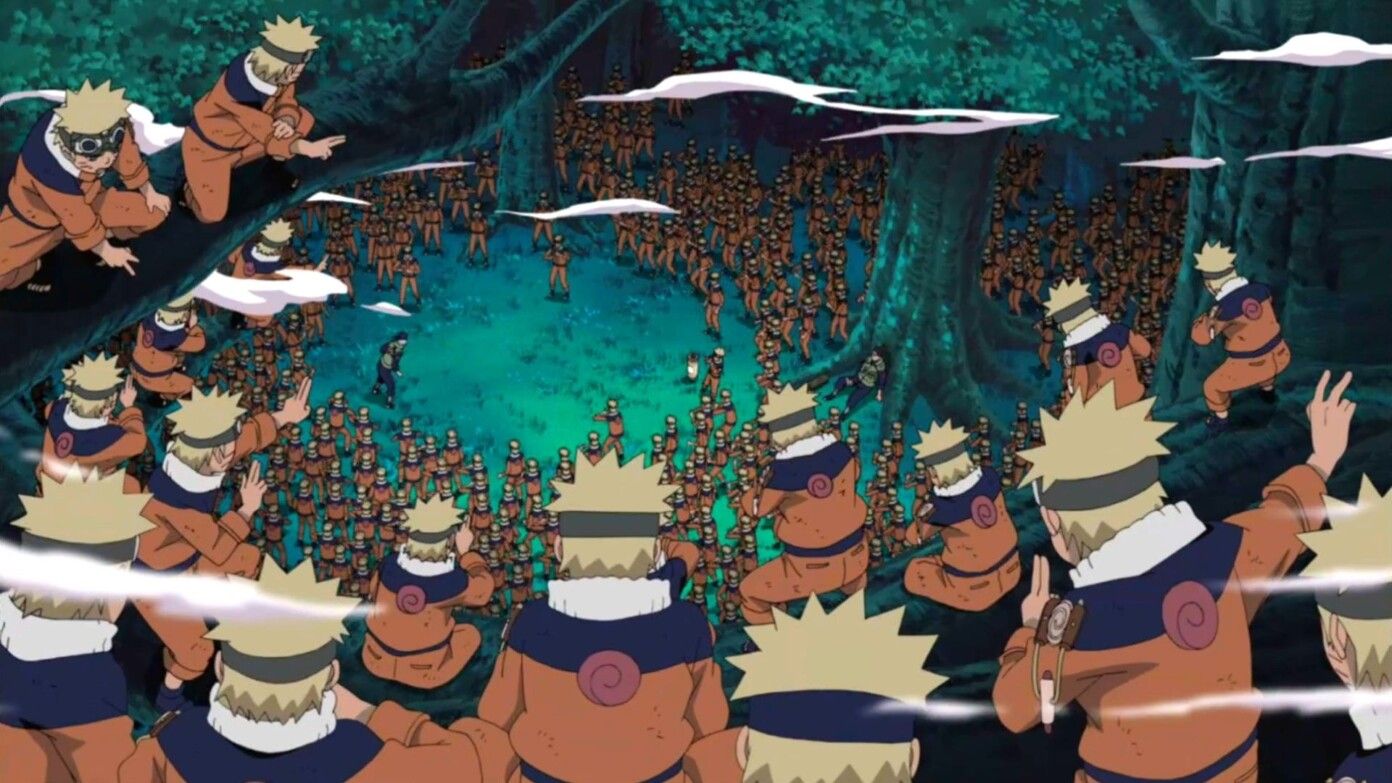
Last Thoughts
Digital twins, or the concept of creating a digital replica of a physical entity, has been gaining a lot of attention in recent years. Although it has been largely focused on replicating physical assets from machinery to whole cities, the idea of creating a digital twin of the human brain is something that really fascinates me and Zettelkästen seems like the first step which lays the foundation of our thinking process. The idea of being able to store and access all our thoughts, information, and memories in a digital form opens up a whole new world of possibilities. I have used GPT-3 to train a chatbot on old chat messages, and so have others already.
Having a clone of myself can be very useful. For instance, they can be used to do things that I deem useless and an absolute waste of time, like ML0004.
Another potential use is more personalized and effective mental health treatments, or even a personal assistant - leagues better than Alexa or Siri.
I think for now there's still a lot of developments to be made in this field for it to have a profound impact on the way we live our lives. Just hope that it's isn't as dystopic as it was depicted in Black Mirror.
Check out Julia Shaw's book "The Memory Illusion", or Joseph Nguyen's book "Don't Believe Everything You Think" for more on memory, and other fascinating subjects relating to our brain and psychology. That is, if my memory serves me correctly ;)
